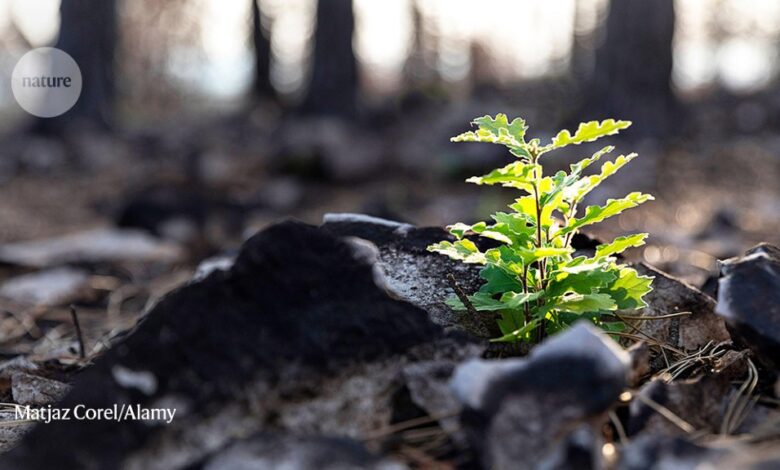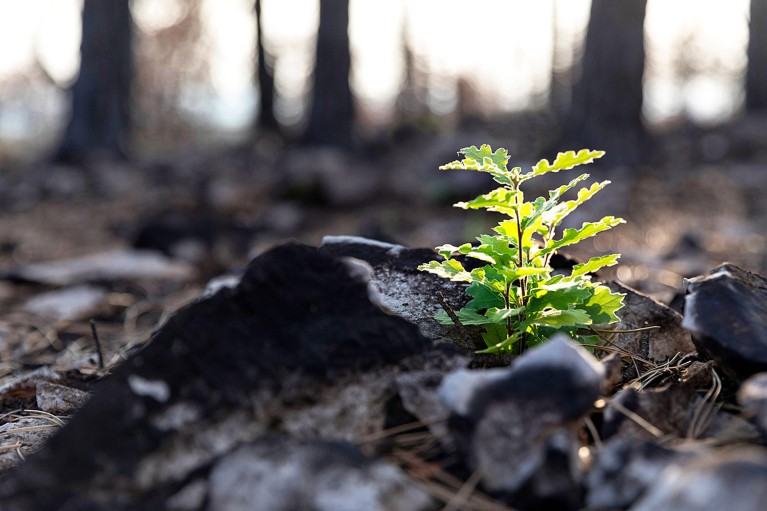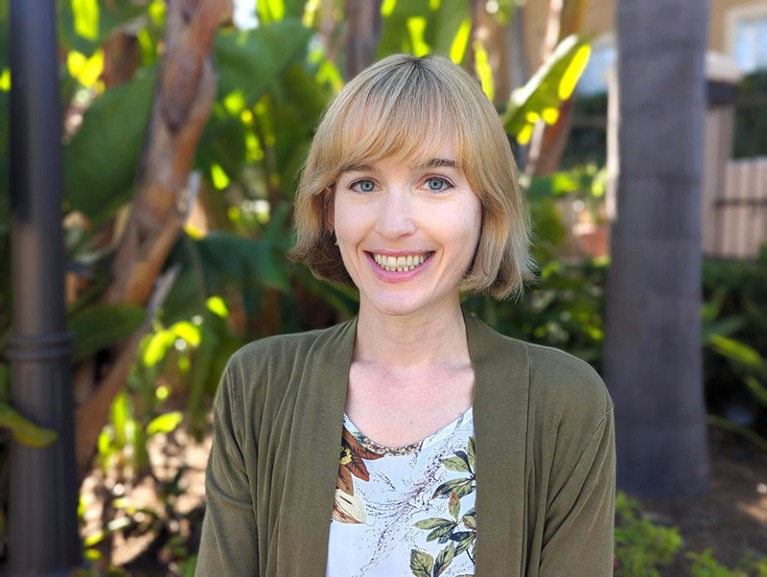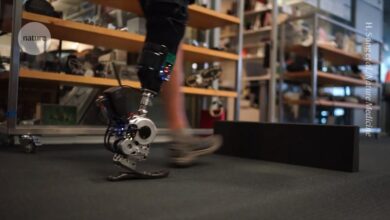

Resilience is often celebrated in science.Credit: Matjaz Corel/Alamy
In a career in which rejection is commonplace, it is easy to see how resilience is an asset and often celebrated. But after I was diagnosed with an autoimmune disease as a third-year graduate student, I developed a more nuanced understanding of the concept.
In secondary school, I experienced many academic setbacks because of frequent hospitalizations for seemingly disparate health issues. In 2008, when I started my two bachelor’s degrees at the University of Alabama at Birmingham, I was so underprepared that I had to take extra chemistry and physics classes.
After being such an underdog, it was a dream come true for me to study for a PhD in neuroscience at the University of California, Los Angeles. When I started in 2013, I believed that almost any task could be accomplished through dedication and hard work.
Although I never missed a day in the laboratory, I started to notice strange symptoms — I sometimes felt so exhausted that my legs were almost too heavy to keep me upright and my face was more pink than usual. I joked that my longitudinal experiment required me to work so hard that “I feel like I’m dying”, but the only suggestion I received from peers and mentors was to be more resilient. After twice getting accidental second-degree burns in a short period of time without noticing — once from a −80 °C freezer and once while washing the dishes — I started to grow concerned.
I sought care from three clinicians, but they all dismissed my symptoms as ‘stress’ and again suggested that I simply needed to be more resilient. By then, I was becoming disenchanted with the idea that resilience could fix everything. In searching for an answer to why my white-blood-cell count was so low, I came across a condition called systemic lupus erythematosus. Despite having been hospitalized as a teenager for pericarditis (swelling of the tissue around the heart) — a disorder common in lupus — I wondered whether I might be totally off base. But I also knew that I needed answers. I asked to be checked for lupus and the tests came back unambiguous: I had it.

Caitlin Aamodt’s lupus diagnosis changed her perspective on resilience.Credit: Alex Weber
I originally wanted to study neuroscience to understand why I am the way I am, but I never thought the answer would be in my blood cells. Lupus is an autoimmune disease, meaning that the immune system loses its ability to recognize ‘self’ and attacks the body’s own cells and tissues.
Many of the mystery symptoms I began experiencing during puberty suddenly had a common underlying explanation. Even the symptoms that I experienced as an adolescent — many to do with my central nervous system — could no longer be attributed to an absence of resilience, but rather were caused by a real disease with a known biological cause. Part of me worried about what a chronic illness would mean for my life, but another part felt vindicated. There had been so many times since my youth when my lack of ability was treated as a personal failing or a character defect. I finally had a name for why I sometimes felt so incapacitated — and another name, ‘ableism’, for the attitudes of the many people who derided the consequences of that illness.
I’ve been fortunate that my chronic health issues have not become so severe that I needed to change my career goals, but I’ve come to understand that when that happens, it is not because of a personal failing or lack of resilience. A student who leaves graduate school to focus on their health and then pivots to a new career is no less resilient for prioritizing their health.
There is no one true definition of resilience or success; instead, we must all follow the path that makes the most sense for our own situation. Resilience doesn’t mean pushing through unrealistic work goals and absorbing the damage at any cost. Personal wellness is an important part of long-term success, and even in the absence of external validation we must be able to listen to our own bodies and make adjustments as needed.
The scientific community must also consider how celebrating resilience can perpetuate systemic inequality. A Black student is not less resilient for leaving a programme in which they experience racism or a lack of inclusion. Lupus is nine times more common in women than in men, and up to three times more common in Black and Native American people than in white people. It’s important to remember that we don’t all share the same struggles and challenges, and a solution that works for one person might not do so for others.
To put it broadly, tenacity alone can be maladaptive when adhering to something that isn’t working. For example, it can be a waste of time to continue troubleshooting a protocol independently rather than seeking help. My lupus diagnosis completely changed my perspective on resilience and perseverance, but a serious diagnosis shouldn’t be required to examine the ways in which resilience can be taken too far. As scientists, we must know when it makes sense to keep trying the same approach and when it’s time to rethink and find a new strategy. When resilience takes the form of misdirected effort, it is anything but a virtue and can have a real impact on students’ health.
This is an article from the Nature Careers Community, a place for Nature readers to share their professional experiences and advice. Guest posts are encouraged.
Competing Interests
The author declares no competing interests.
Source link




